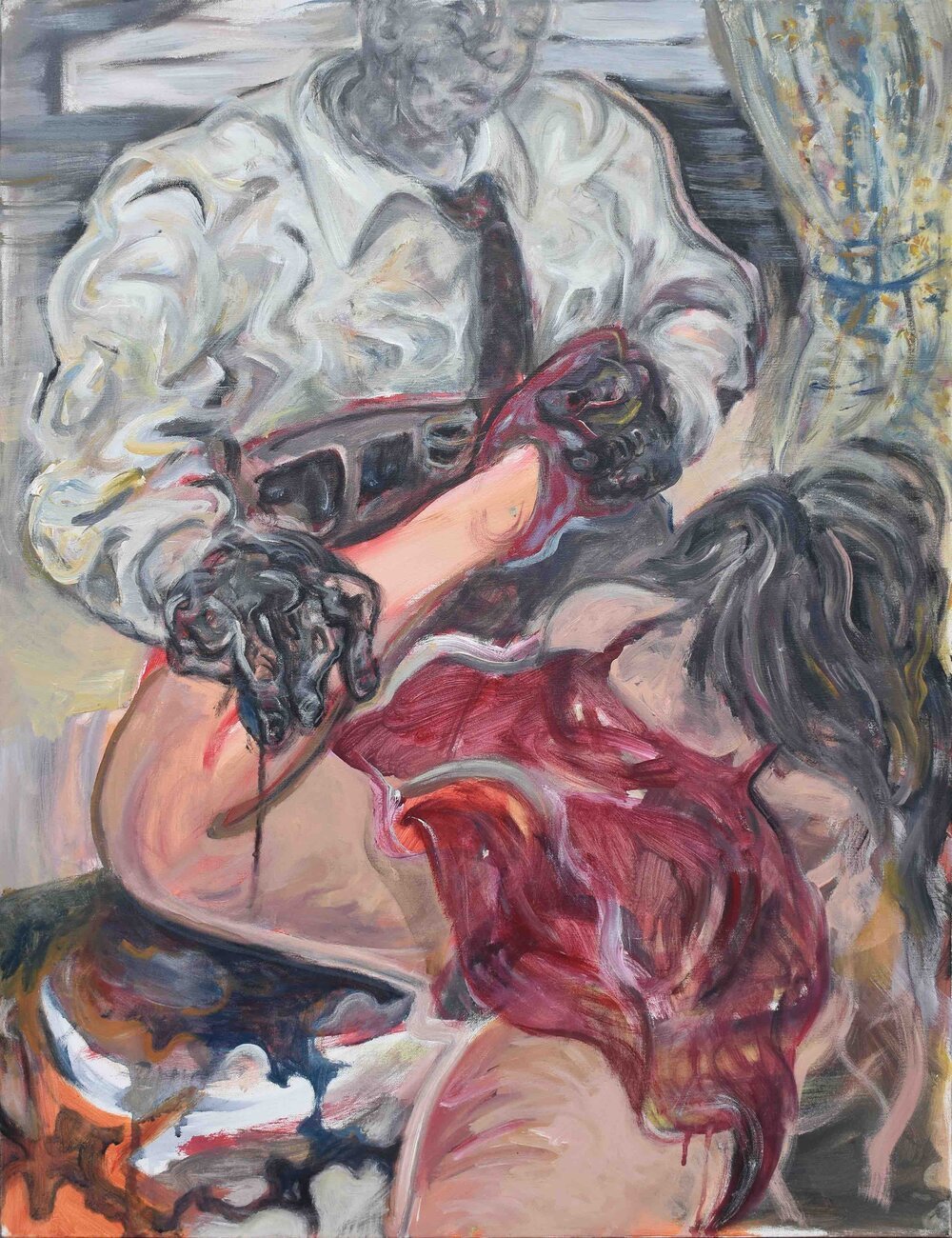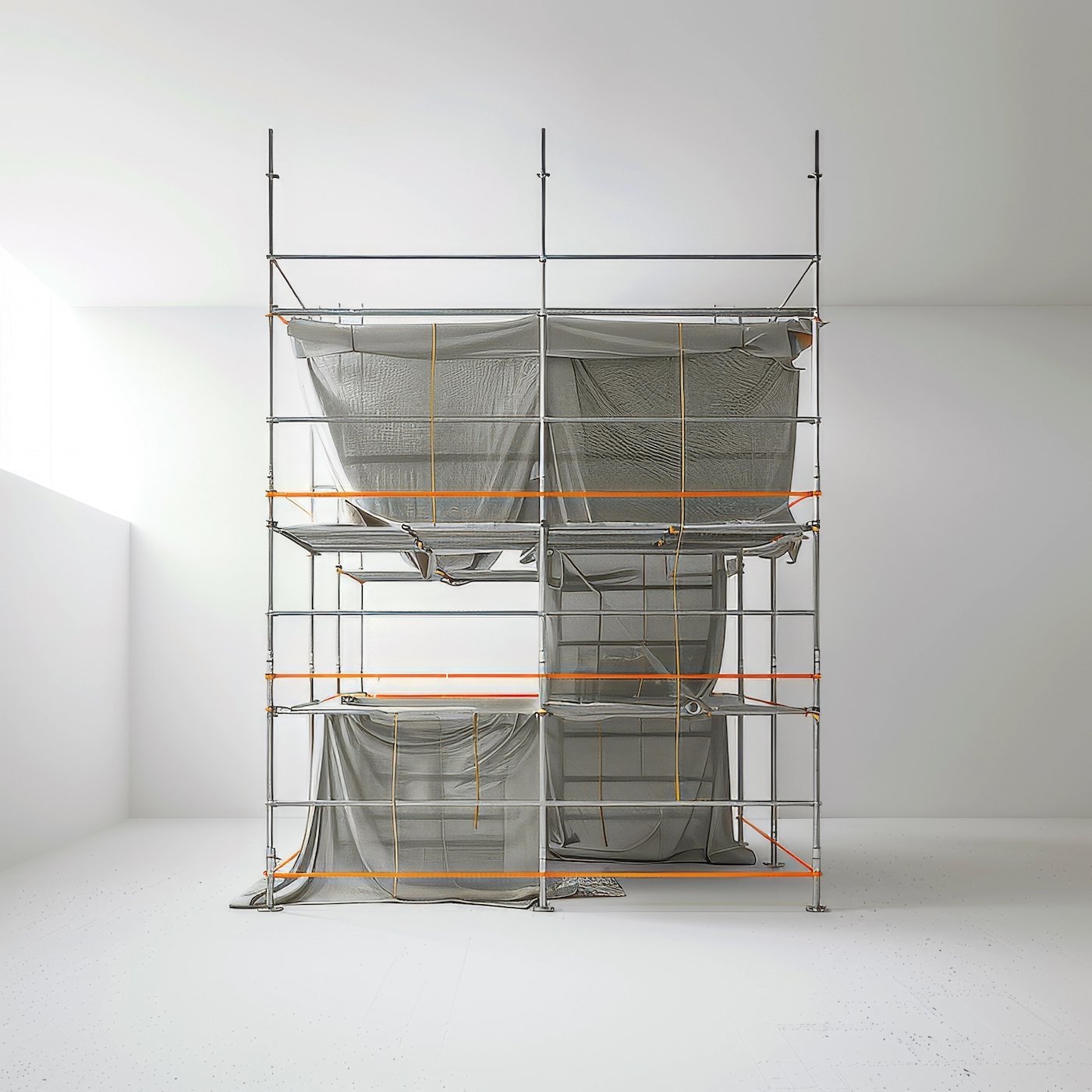The Body as a Dream: A Singapore Art Story
Juxtaposing the modern and contemporary
By Vivyan Yeo
The notion of “embodied identity” has been an enduring point of intrigue throughout time. Indeed, what do our bodies say about us? How does the representation of bodies shift our understanding of one another? In societal interactions, the body is seen as the most direct marker of identity – one that is unavoidable but ultimately unreliable.
The body is in many ways a dream. Whether it is the fantasy of masculinity, bodily symbols of cultural identity, or the idealisation of the family unit, ‘The Body as a Dream: A Singapore Art Story’ explores how the human body is used to express visions of what is and what could be. The exhibition juxtaposes significant figures in modern Singapore art including Cheong Soo Pieng, Liu Kang, Ng Eng Teng and Teng Nee Cheong with those from contemporary artists Lenne Chai, Yanyun Chen, Faris Heizer, Ruben Pang, Aisha Rosli and Zulkhairi Zulkiflee.
Depictions of individuality and human relationships thread through the exhibition, and provide insight into the shift in generational concerns from Singapore’s post-independence era to the present. Juxtaposing artworks from artists of the two generations, the audience is invited to explore continuities between the past and present, as well as interrogate the lines between the real, desired and imagined.
Lenne Chai, photograph from the series ‘Boys I Trust’, 2020, archival C-prints on Diasec, size variable. Image courtesy of the artist and Art Agenda, S.E.A..
Expressions of the human body in nature contribute to a fantasy away from our urbanised world. The series, ‘Boys I Trust’, 2020, by photographer Lenne Chai (b. 1991), illustrates a veiled response to masculinity in 21st-century Singapore. Unlike traditional media portrayals of men as stoic and virile, Chai’s male bodies reside languidly in an airbrushed quarry of Pulau Ubin. The trio is seen swimming, climbing trees and laughing together, signalling total comfort with each other and the photographer. Contrary to what its title suggests, however, ‘Boys I Trust’ presents not a world of complete safety, but rather, an imagined one. Their romantic compositions portray a desired vision of trusting relationships, and hint at the beautiful, but unrealised possibility of intimacy.
Cheong Soo Pieng, ‘Contemplation’, 1977, oil on canvas, 101.5 x 71.5cm. Image courtesy of Art Agenda, S.E.A..
Similarly presenting an ideal of serenity is Nanyang artist Cheong Soo Pieng (1917-1983), who utilised Southeast Asian objects to shape the identity of his stylised bodies. In ‘Contemplation’, 1977, the female figure possesses elongated limbs and almond-shaped eyes reminiscent of wayang kulit puppets, encapsulating a distinct style that Cheong developed in the late 1970s. Her visual resonance to Southeast Asian motifs is further emphasised by her living flesh’s juxtaposition with a Balinese stone sculpture. Rendered in similarly cross-legged positions, they rest side by side with elegance and ease, displaying both the textured batik patterns on fabric and the delicately carved floral elements on the sculpture’s headgear and torso. With this contrast of living and sculptural forms in sepia tones, the overall painting composition speaks of complete balance and harmony with one’s environment.
Faris Heizer, ‘Returning the Favour’, 2020, acrylic on canvas, 101 x 76cm. Image courtesy of the artist and Art Agenda, S.E.A..
The air of tranquillity is disrupted in the painting ‘Returning the Favour’, 2020, by contemporary painter Faris Heizer (b. 1997), who explores the complexity of gender relations. We are drawn to the prominent hands of the male figure, which suggest his role as the one ‘acting’ as opposed to being ‘acted upon.’ Despite this seemingly one-sided interaction, Faris’ character moves in service of his female companion. He adopts the position of a masseur and quite literally ‘returns the favour,’ in response to the more common relationships between masseuses and male white-collar workers. Simultaneously hopeful and grim, Faris’ caricatured bodies confront conventional gender roles that still exist today.
Yanyun Chen, ‘娘 (Bride)’, 2019, charcoal drawings in camphor chests, Teochew paper lanterns, size variable. Image courtesy of the artist and Art Agenda, S.E.A..
Referencing Cantonese-Hainanese marriage traditions, artist Yanyun Chen (b. 1986) presents the installation ‘娘 (Bride)’, 2019, which narrates a woman’s life before marriage. Employing textual and visual devices, the work includes red lanterns that display the Chinese words 取 (qu, meaning take) and 嫁 (jia, meaning give), both of which could express the verb ‘to marry,’ as well as 囍 (xi, meaning double happiness), a common symbol of marriage. They hang formidably above three camphor chests, also known as dowry chests, which are traditionally used to transport the bride’s belongings to her marital home. In place of clothing, bed linens and tableware, however, these chests contain life-sized charcoal drawings of a woman’s torso, prompting the ominous metaphor of giving away one’s own body. Under the lanterns’ red glow, we are prompted to ponder upon the true meaning of marriage, which traditionally revolves around ideas of compromise, or the negotiation between giving and taking.
Through the works of ten modern and contemporary artists, ‘The Body as a Dream: A Singapore Art Story’ opens up visions of what we desire and observe. It seeks not to provide a comprehensive overview of bodily representation in Singapore but rather to encourage new connections between images of figures across identities and generations. Looking back, we might wonder at the societal norms present across time, whether much has changed, and how the body figures in it all.
Organised by Art Agenda, S.E.A.,, ‘The Body as a Dream: A Singapore Art Story’ is on view from 22 January to 27 March 2021, at The Modern Space.
To read the full curatorial essay, visit www.artagendasea.org.

















